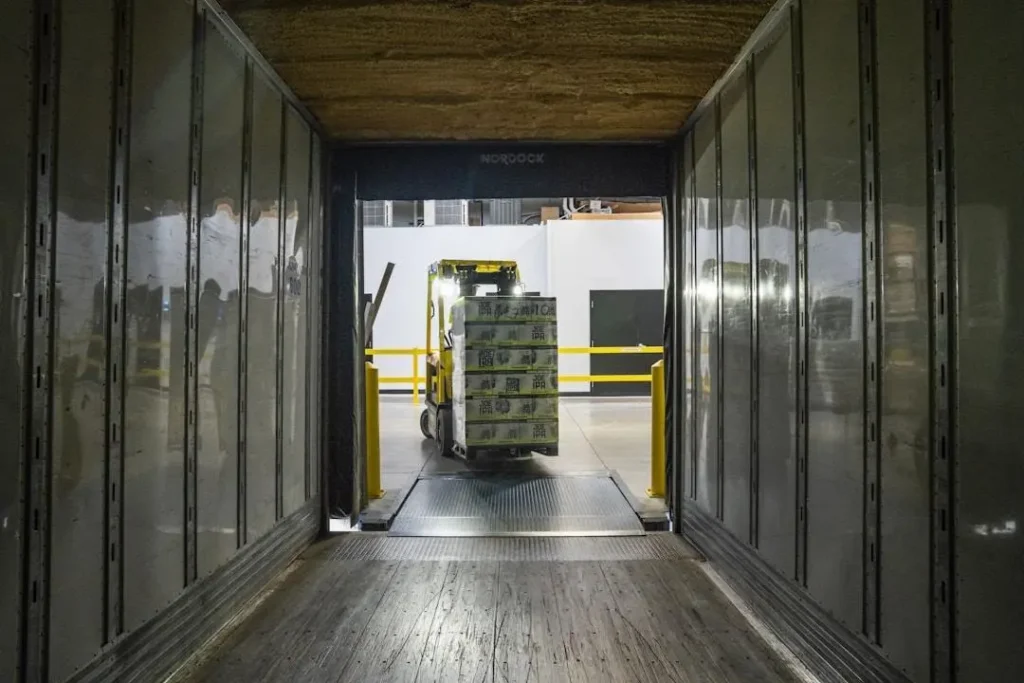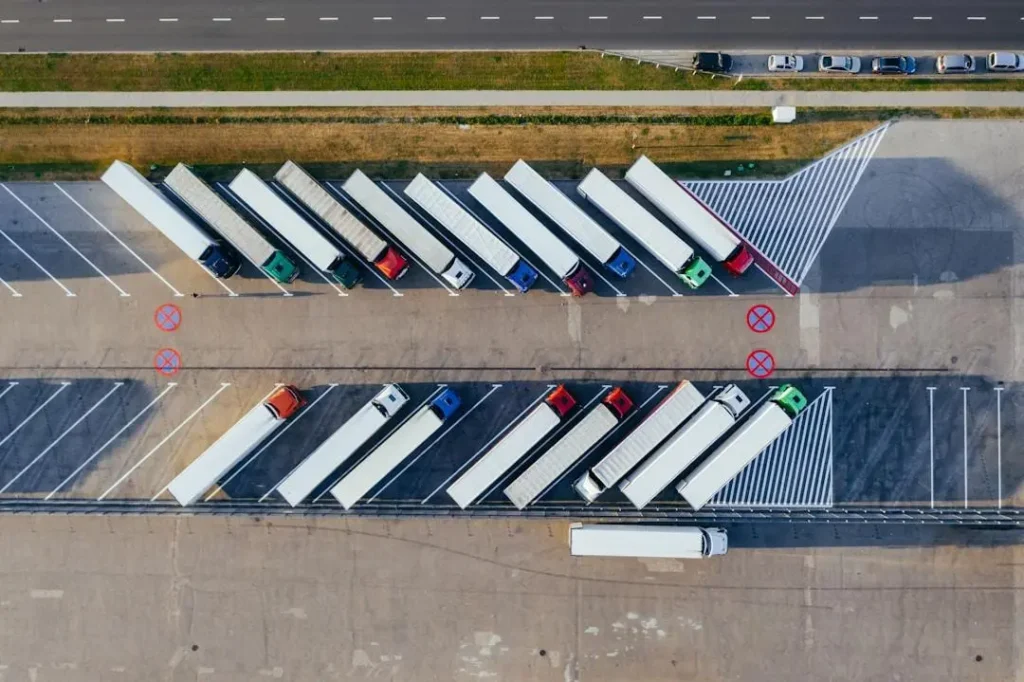Essential Resources for Running a Successful Cold and Frozen E-Commerce Business

The evolution of e-commerce has made it possible for consumers to easily purchase cold and frozen products from the comfort of their homes. As retailers and entrepreneurs venture into this specialized market, a comprehensive understanding of the required resources and best practices is crucial.
From managing complex logistics to ensuring products arrive in prime condition, running a successful cold and frozen e-commerce business demands meticulous preparation and execution. Below, we outline the essential resources that will provide a solid foundation for your business’s growth and customer satisfaction.
People Also Read?
Understanding the Cold Chain: Fundamentals of Frozen E-Commerce Logistics

Efficient management of the cold chain is vital to the success of any frozen e-commerce enterprise. This process ensures that perishable products are kept at the necessary temperatures throughout storage, handling, and transportation. To maintain quality and safety, businesses must invest in reliable refrigeration systems and adopt rigorous monitoring practices.
One key aspect of cold chain management is selecting the appropriate technology for real-time temperature tracking. For example, ColdTrack offers innovative solutions that allow businesses to monitor their products’ conditions meticulously, reducing the risk of spoilage and ensuring customer satisfaction. In addition, companies must train their workforce on handling protocols to sustain a seamless cold chain.
Additionally, partnering with logistics providers specialized in cold and frozen goods can offer the needed expertise. These partners come equipped with temperature-controlled warehouses and a fleet of refrigerated vehicles, which are essential for a robust cold chain. Establishing proper logistics partnerships can be a game-changer in meeting delivery expectations.
People Also Read?
Boosting Marketing Outcomes Through Strategic People Management
Mastering Inventory Management for Perishable Products
Inventory turnover for cold and frozen goods can be a delicate balancing act. Because of the perishable nature of these products, efficient inventory management is key to minimizing waste and optimizing profitability. This includes implementing First Expire, First Out (FEFO) processes and regularly auditing stock to ensure freshness.
Implementing a robust inventory management system that can track batch numbers, expiration dates, and storage temperatures is indispensable. These systems help businesses make informed decisions when it comes to restocking, discounting nearing-expiry products, and reducing overall waste.
Predictive analytics also play a role in informed inventory management. By analyzing purchasing trends and seasonal demands, businesses can forecast required stock levels more accurately, thus reducing overproduction or stockouts. This approach is particularly useful during periods of high demand such as holidays or weather-driven sales spikes.
People Also Read?
Why Do You Need an Event Planner for Your Next Corporate Event?
Strategies for Efficient Cold and Frozen Goods Packaging and Shipping

Robust packaging solutions are fundamental to shipping cold and frozen goods. The proper packaging not only preserves product integrity but also enhances the unboxing experience for the customer. Insulated boxes, gel packs, and dry ice are common options businesses use to maintain requisite temperatures during transit.
Logistical strategy is as crucial as packaging materials. Optimizing shipping routes and utilizing shipping partners with cold storage facilities can significantly reduce transit times and ensure products remain frozen. Efficient route planning also reduces the carbon footprint, which is an increasingly important consideration for eco-conscious consumers.
Shipping errors can be costly, resulting in product loss and customer dissatisfaction. Therefore, having a robust system for verifying shipping addresses and packaging integrity before products leave the warehouse is indispensable. Even a simple double-checking protocol can prevent many common shipping errors.
Leveraging Digital Marketing to Heat Your Cold and Frozen E-Commerce Sales
Developing a strong digital marketing strategy can significantly enhance the visibility of your cold and frozen goods e-commerce business. Engaging content that showcases the freshness and quality of your products can attract and retain customers. Utilizing platforms like social media, blogs, and email newsletters allows for a direct line of communication with your audience.
Search engine optimization (SEO) is vital for ensuring potential customers find your products online. Optimizing your website content with relevant keywords can improve your search engine rankings, leading to increased organic traffic and, ultimately, sales. This is an ongoing process that requires regular tweaking and content updating.
Influencer partnerships can also benefit your e-commerce business. Collaborating with influencers who share your target audience can introduce your brand to new customers in a relatable and trustworthy manner. Whether through sponsored posts or product reviews, influencers can give a personal touch to your marketing efforts.
Altogether, the flourishing cold and frozen e-commerce sector offers ample opportunities for businesses prepared to tackle the unique challenges within this space. By implementing strong logistical processes, choosing the right e-commerce platform, maintaining rigorous inventory control, streamlining packaging and shipping, and executing compelling digital marketing strategies, businesses can thrive in this competitive marketplace.






